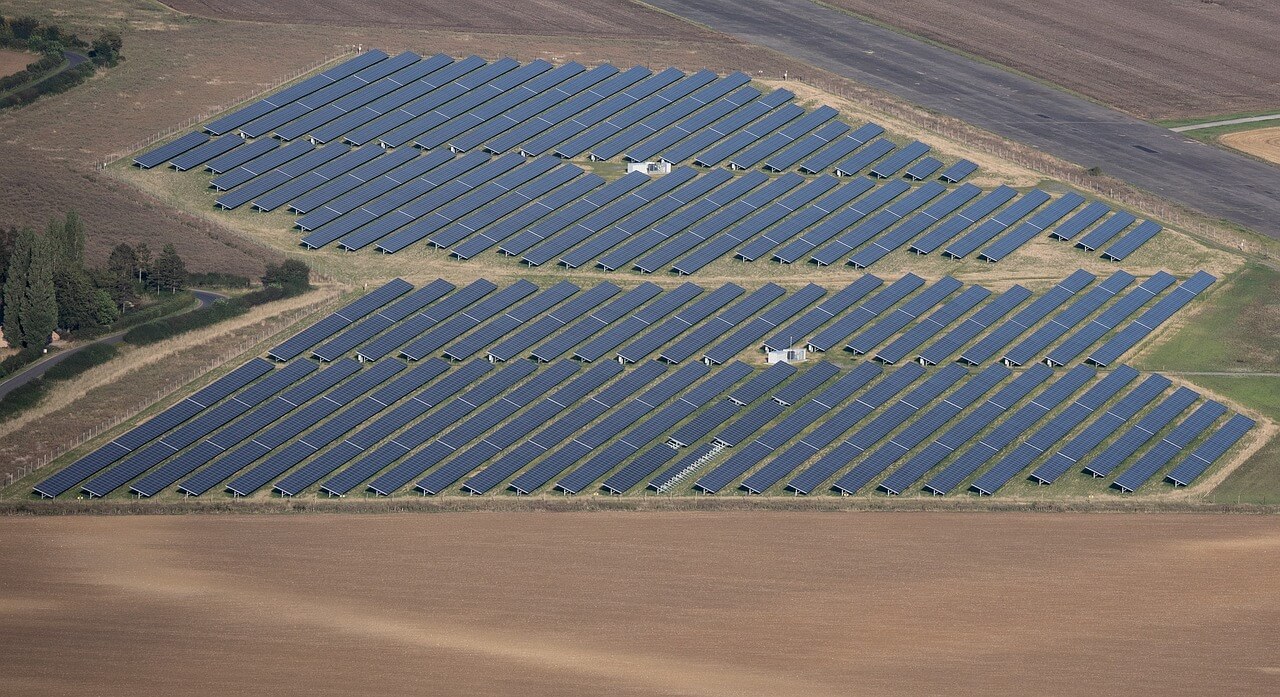Elon Musk recently posted on his X account about the Kardashev Scale, saying that “it becomes utterly obvious that essentially all energy generation will be solar.”
That is a big statement, even for Musk to claim. But, before we brush aside his post as just another eccentric quest to go to Mars, let’s do what he suggests…
Let’s understand what the Kardashev Scale is and why solar is the answer to the energy problems of the future.
What is the Kardashev Scale?
As we look to the future of human civilization, our ability to harness and use energy efficiently is crucial. The Kardashev Scale, developed in the 1960s, offers a framework for understanding the stages of technological advancement based on energy consumption.
It was introduced by Soviet astronomer Nikolai Kardashev in 1964 to categorize civilizations based on their energy usage.
The scale has three distinct levels:
- Type I Civilization: This is a planetary civilization that uses all the available energy resources on its home planet. For Earth, this means harnessing energy from wind, water, fossil fuels, and the Sun.
- Type II Civilization: A civilization at this level would harness energy directly from its star (in our case, the Sun) on a massive scale, such as through space-based solar collectors or Dyson spheres.
- Type III Civilization: The most advanced on the scale, this civilization would harness energy at the scale of an entire galaxy, tapping into the power of countless stars.
Humanity is currently a Type 0 civilization, as we have not yet mastered the use of all available energy on Earth. To progress to a Type I civilization, we must transition to renewable energy sources, with solar power at the forefront.
Once you understand Kardashev Scale, it becomes utterly obvious that essentially all energy generation will be solar.
Also, just do the math on solar on Earth and you soon figure out that a relatively small corner of Texas or New Mexico can easily serve all US electricity.
— Elon Musk (@elonmusk) September 26, 2024
Solar Energy is the Solution for Civilization’s Progress
Solar power offers the most abundant, clean, and sustainable energy source for the planet. Here’s why it plays a critical role in advancing humanity up the Kardashev Scale:
Limitless Energy Potential
Solar energy is abundant, capturing only a fraction of the Sun’s output could power the entire world. Unlike fossil fuels, solar energy is limitless and can be harnessed anywhere on Earth, making it a critical resource for transitioning to a Type I civilization.
Environmental Sustainability
Unlike fossil fuels and nuclear energy, solar energy produces zero emissions and very little waste. Solar panels last 25 years or more and once they reach their end of life, they can be reused or recycled. By scaling solar energy, we can mitigate the environmental damage and ensure long-term survival, a vital step in advancing our civilization.
Technological Innovation
Solar technology is continuously advancing, with innovations such as more efficient solar panels, battery storage solutions, and space-based solar collectors on the horizon. These advancements bring us closer to the possibility of harnessing energy at a Type II level, directly from the Sun itself.
Global Energy Equality
One of the barriers to progress is the unequal distribution of energy resources. In 2021, 675 million people still had listed access to electricity. While this number is increasing, it can still be difficult and expensive to provide reliable and continuous energy to parts of the world.
Luckily, solar energy can be accessed globally and affordably, providing a solution to energy poverty and allowing all nations to participate in technological and social advancement. This democratization of energy will be a cornerstone of a future Type I civilization.
Taking it to the Next Level: Kardashev Scale
Musk continued in his X post, “Just do the math on solar on Earth and you soon figure out that a relatively small corner of Texas or New Mexico can easily serve all US electricity.”
It won’t be hard to reach the next level of the Kardashev scale when we embrace the technology currently available and look toward expanding innovation in solar energy.
You can be a part of the catalyst that transforms our civilization. Get started by contacting Rising Sun Solar Solutions to enhance your home or business with solar energy.


